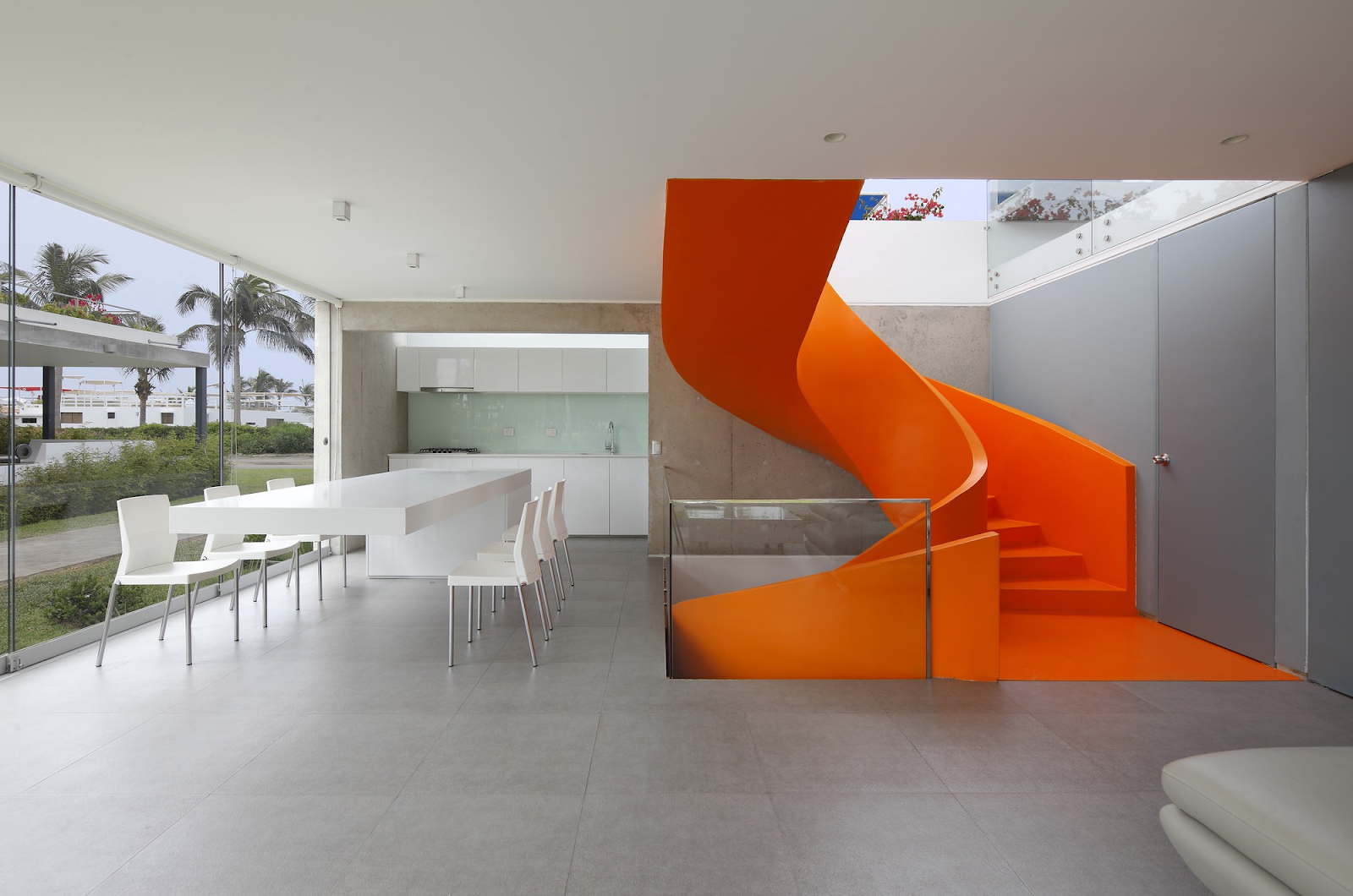Interior design is more than just color palettes and furniture selection—it’s about creating spaces that affect how people feel. One often overlooked yet powerful element of design is shape. From the curves of a sofa to the sharp lines of a coffee table, the geometry in a space plays a vital role in shaping our emotional responses. This article explores the psychology of shapes in interior design, how to use them effectively, and how combining forms can balance energy, flow, and functionality.
Why Shapes Matter in Interior Design
Shapes influence perception, behavior, and emotion. Our brains instinctively respond to visual cues like lines, curves, and angles. This means that the design elements we choose can evoke feelings of calm, energy, safety, or even tension.
For example:
- Curved shapes = soft, welcoming, and safe
- Angular shapes = strong, energetic, and modern
- Symmetry = balance and harmony
- Asymmetry = interest and creativity
Using these shapes strategically allows designers to shape not just the look of a room, but also its emotional atmosphere.
Types of Shapes in Design and Their Psychological Impact
1. Curved Shapes
Curved lines and round shapes are associated with softness, femininity, and comfort. They create a sense of relaxation and flow.
Use them in:
- Sofas, chairs, coffee tables with rounded edges
- Circular rugs or lighting fixtures
- Arched doorways and mirrors
Best for:
- Living rooms, bedrooms, nurseries, wellness spaces
2. Angular Shapes
Squares, rectangles, and sharp angles signify order, logic, and stability. They convey a sense of strength and professionalism.
Use them in:
- Desks, shelving units, rectangular artwork
- Tiled walls or floors
- Structured furniture
Best for:
- Offices, kitchens, study areas, formal living rooms
3. Triangles and Diagonals
These dynamic shapes suggest movement, direction, and progression. They can bring a feeling of energy and creativity.
Use them in:
- Geometric wall art
- Slanted bookshelves or ceiling designs
- Stair railings or zig-zag patterns
Best for:
- Creative studios, hallways, modern living rooms
4. Organic/Free-Form Shapes
These mimic natural, irregular forms and add an artistic or earthy vibe. They offer a break from rigid design.
Use them in:
- Sculptural lighting
- Natural-edge wood furniture
- Handmade pottery or textiles
Best for:
- Bohemian, artistic, or nature-inspired interiors
Table: Shape Types and Their Emotional Influence
| Shape Type | Emotional Impact | Best Use Areas | Associated Style |
|---|---|---|---|
| Curved/Rounded | Relaxing, friendly | Bedrooms, living rooms | Contemporary, cozy |
| Angular (Square/Rectangle) | Stable, formal | Offices, kitchens | Minimalist, modern |
| Triangles/Diagonals | Energetic, creative | Studios, stairways | Eclectic, dynamic |
| Organic/Natural | Earthy, soothing | Retreat spaces, boho rooms | Rustic, naturalistic |
Using Shape to Define Space
Shapes also help define functional zones within a room:
- A circular rug can anchor a conversation area.
- A long rectangular dining table emphasizes formality.
- A U-shaped sectional defines a cozy TV nook.
Think of shapes as invisible boundaries that guide movement and interaction.
The Role of Symmetry and Asymmetry
Symmetry
Creates a sense of order and calm. Rooms with symmetrical layouts feel balanced and structured.
Examples:
- Matching chairs on either side of a fireplace
- Even placement of artwork
Best used in:
- Traditional and formal interiors
Asymmetry
Adds visual interest and spontaneity. Asymmetrical designs often feel more modern and artistic.
Examples:
- A cluster of mismatched wall art
- Offset lighting fixtures
Best used in:
- Creative, eclectic, or contemporary interiors
Shape and Scale
It’s not just the shape, but also the size that influences how it’s perceived.
- Large circular chandelier = grand, luxurious
- Tiny angular decor = detail-focused, precise
Tips:
- Scale shapes according to room size.
- Use large shapes as focal points.
- Mix sizes for visual rhythm.
Combining Shapes for Balance
You don’t have to commit to one shape style per room. The best interiors often mix complementary shapes:
- Pair a rectangular sofa with a round coffee table.
- Add curved chairs around an angular table.
- Soften a boxy layout with organic-shaped decor.
This contrast helps balance the visual weight and adds dynamic energy to the space.
Shape in Different Design Styles
Minimalist
Favors clean rectangles and subtle curves.
Scandinavian
Mixes soft curves with structured furniture.
Industrial
Emphasizes hard angles, metal, and exposed geometry.
Mid-Century Modern
Blends organic forms with geometric silhouettes.
Bohemian
Loves asymmetry, free-form, and organic patterns.
Shapes in Color and Pattern
Shape isn’t limited to furniture—it’s in color blocks, tiles, and patterns too:
- Chevron tiles (diagonal energy)
- Polka dot wallpaper (playful circles)
- Rectangular wall panels (structure)
Use these to extend your shape language across surfaces.
How to Choose the Right Shapes for Your Space
- Start with the feeling you want to evoke—calm, energetic, formal?
- Analyze existing furniture and architecture—what shapes dominate?
- Choose contrast to add energy or match to reinforce unity
- Use mood boards to visualize combinations
Common Mistakes to Avoid
- Using only one type of shape (can feel flat)
- Ignoring flow or movement paths
- Choosing shapes that conflict with architecture
- Overscaling decor and overwhelming the space
Shapes are a foundational element in interior design that communicate mood, guide energy, and define how we experience space. By understanding the psychology of shapes—and thoughtfully combining curves, angles, and organic forms—you can create rooms that feel harmonious, energizing, or deeply calming. Let geometry be your secret design weapon, turning ordinary rooms into intentional, emotionally intelligent spaces.
